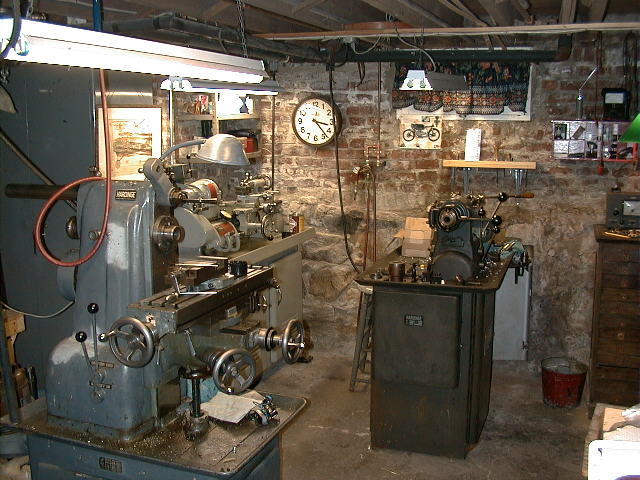steamingspud
Plastic
- Joined
- Jun 22, 2013
- Location
- Derry NH
Hiyah folks,
I'm doing a project to build a rolling mill using a gearbox that runs on three phase. So, I need something to make three-phase.
I've seen the very many posts on making rotary phase converters, which is probably what I'll end up doing. I understand the theory behind it, and may have already made one in lab (but who remembers that stuff anyways?). My problem isn't so much the design, but my paps...
My dad's an electrician, and he's seen a lot of three-phase cranes with gensets. He's saying to take a one phase motor, belt it to another three-phase motor, in turn making three-phase power as if it were a generator.
He does not understand how a rotary phase converter can work and create the voltage needed to operate the gearbox motor. I hadn't even seen that as an issue, but he assumes creating a genset is superior to a RPC.
Question is, what's the difference? What makes an RPC better than just a mechanical genset? Are there benifits to either? Do I need a transformer if I use an RPC?
I'm doing a project to build a rolling mill using a gearbox that runs on three phase. So, I need something to make three-phase.
I've seen the very many posts on making rotary phase converters, which is probably what I'll end up doing. I understand the theory behind it, and may have already made one in lab (but who remembers that stuff anyways?). My problem isn't so much the design, but my paps...
My dad's an electrician, and he's seen a lot of three-phase cranes with gensets. He's saying to take a one phase motor, belt it to another three-phase motor, in turn making three-phase power as if it were a generator.
He does not understand how a rotary phase converter can work and create the voltage needed to operate the gearbox motor. I hadn't even seen that as an issue, but he assumes creating a genset is superior to a RPC.
Question is, what's the difference? What makes an RPC better than just a mechanical genset? Are there benifits to either? Do I need a transformer if I use an RPC?





